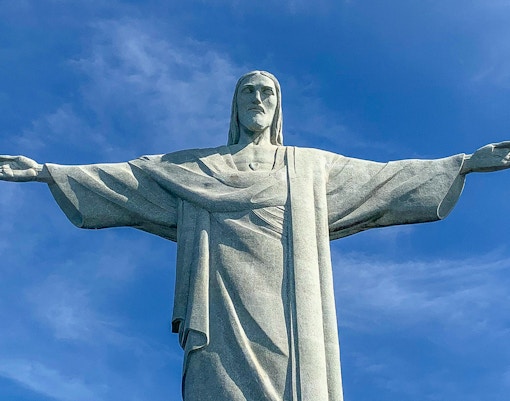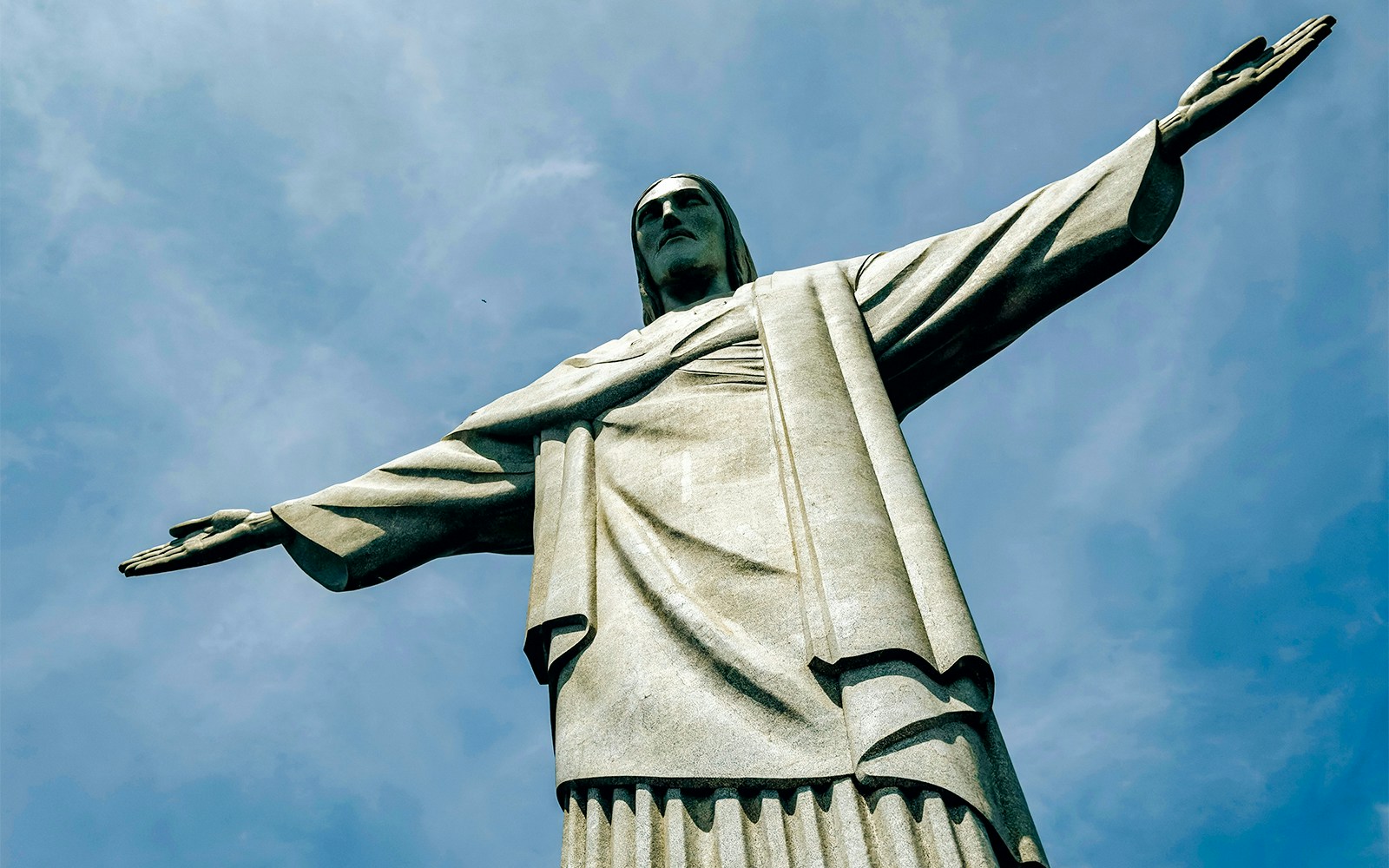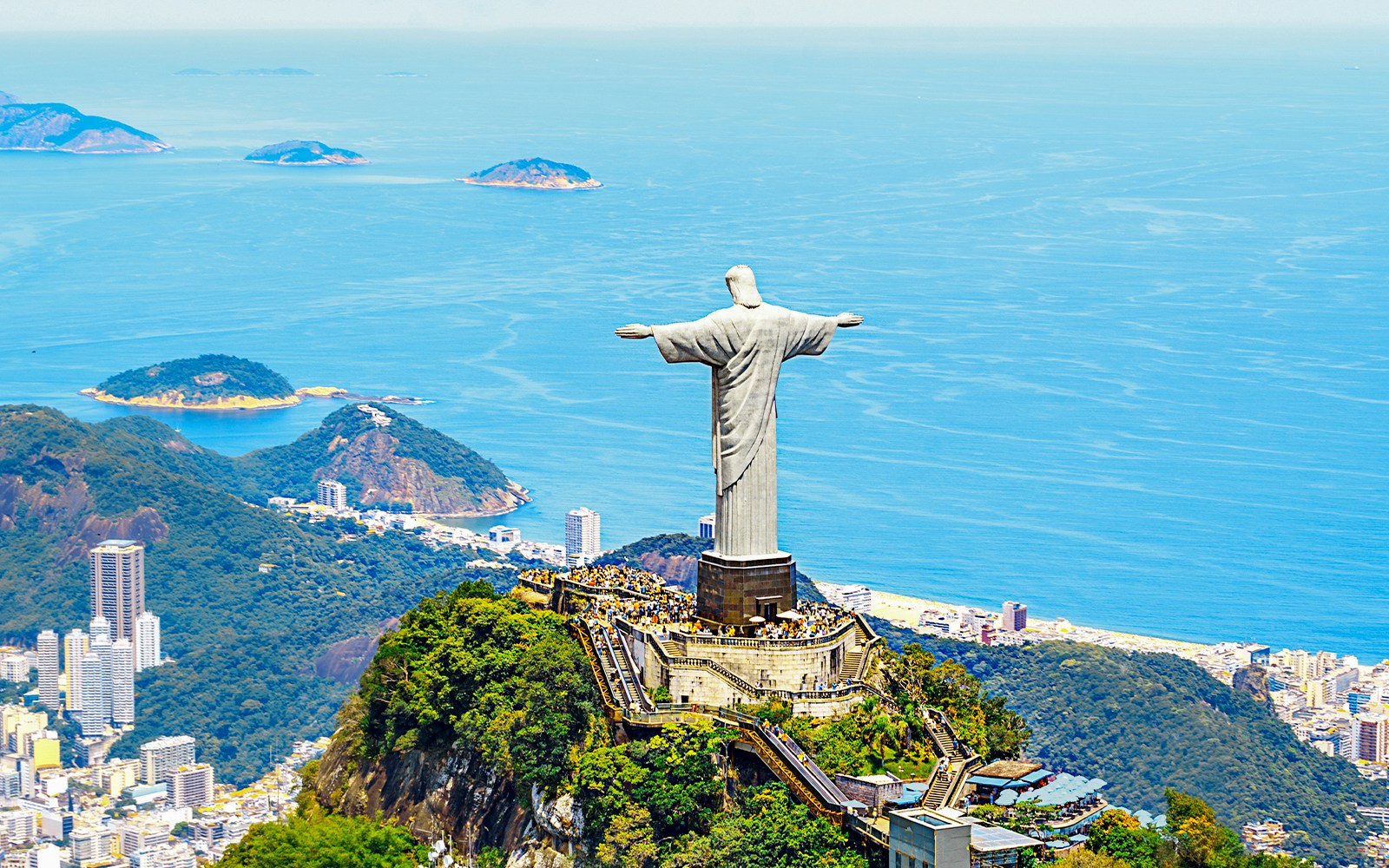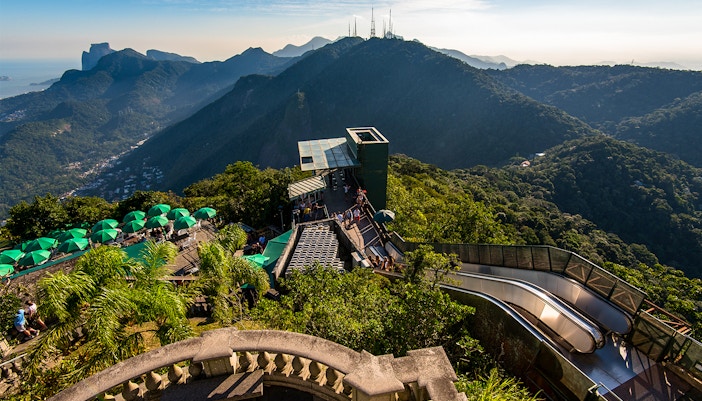The concept of a giant Christ statue over Rio emerged in the 1850s when Padre Pedro Maria Boss suggested a religious monument to inspire faith. Early plans stalled for decades, but this vision planted the seed for Christ the Redeemer, built nearly a century later, becoming a symbol of hope for the city.
Christ the Redeemer history explained

Early ideas & vision (1850s–1920)

Design & construction (1922–1931)

Dedication & symbolism (1931–1950s)











